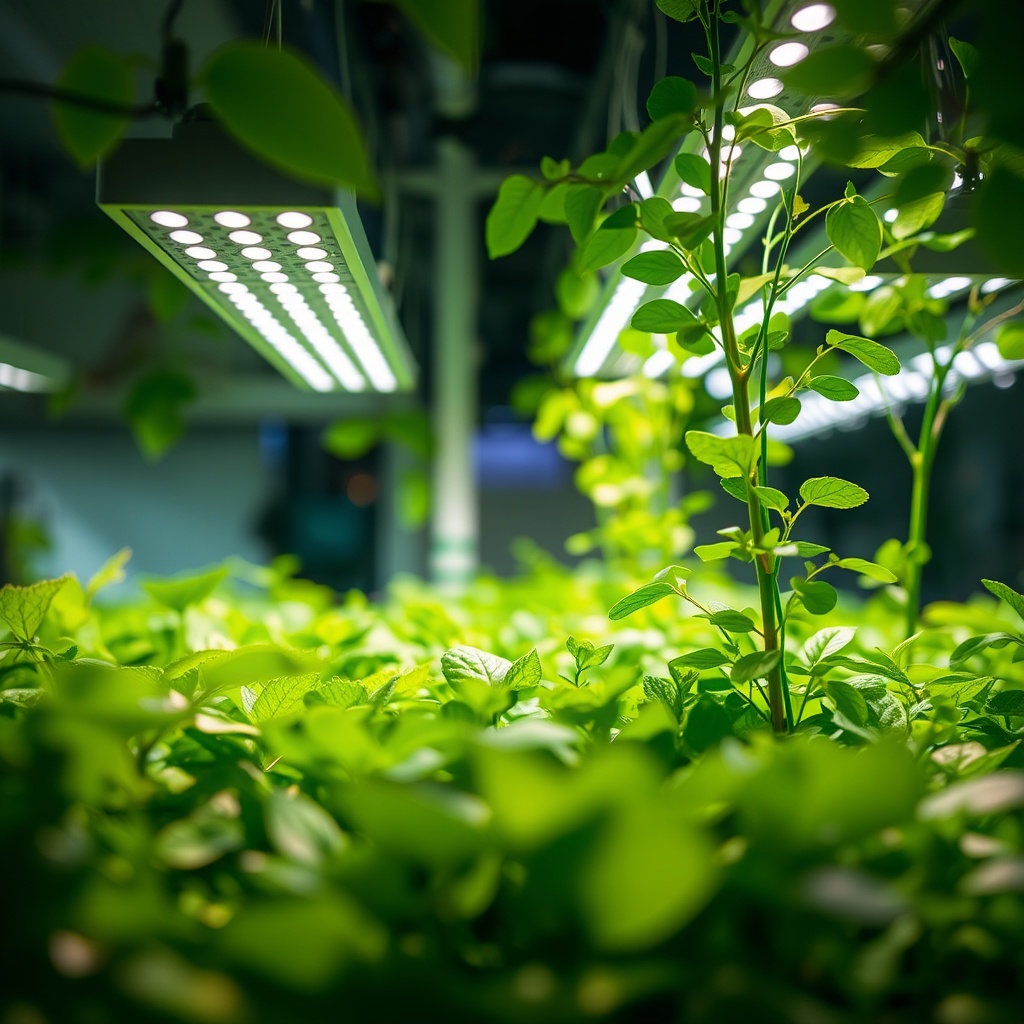In the world of hydroponics, light is not just a mere accessory; it is a fundamental pillar supporting the growth of plants. Without the appropriate light conditions, even the best hydroponic systems can fall short. Understanding how light influences plant development can significantly enhance yields and quality. This article delves into the intricacies of light requirements in hydroponic gardening, offering insights that every enthusiast and professional should know.

Choosing the right light source can make a world of difference in hydroponic gardening. Various types of lighting are available, each with its own benefits and drawbacks. From traditional fluorescent bulbs to modern LED systems, understanding these options can help you make an informed decision that aligns with your specific needs and goals.

Here’s a brief overview of popular light sources:
- Fluorescent Lights: Affordable and efficient for seedlings and leafy greens.
- LED Lights: Energy-efficient, long-lasting, and customizable spectrums for all growth stages.
- High-Intensity Discharge (HID) Lights: Powerful options for larger setups, offering high yields but at higher energy costs.
While the type of light source is crucial, understanding the intensity and duration of light exposure is equally important for thriving hydroponic plants. Different plants have varying light requirements, often measured in lumens or PAR (Photosynthetically Active Radiation). Moreover, the duration of light exposure, or photoperiod, can significantly impact growth phases.
For instance, leafy greens may thrive on 12-16 hours of light, while fruiting plants might require up to 18 hours to maximize yield. Monitoring these variables can lead to impressive results. Here’s a quick comparison of light intensity needs for various plant types:
| Plant Type | Light Intensity (μmol/m²/s) | Recommended Photoperiod |
|---|---|---|
| Leafy Greens | 100-300 | 12-16 hours |
| Herbs | 200-400 | 14-18 hours |
| Fruit-bearing Plants | 400-800 | 16-18 hours |




